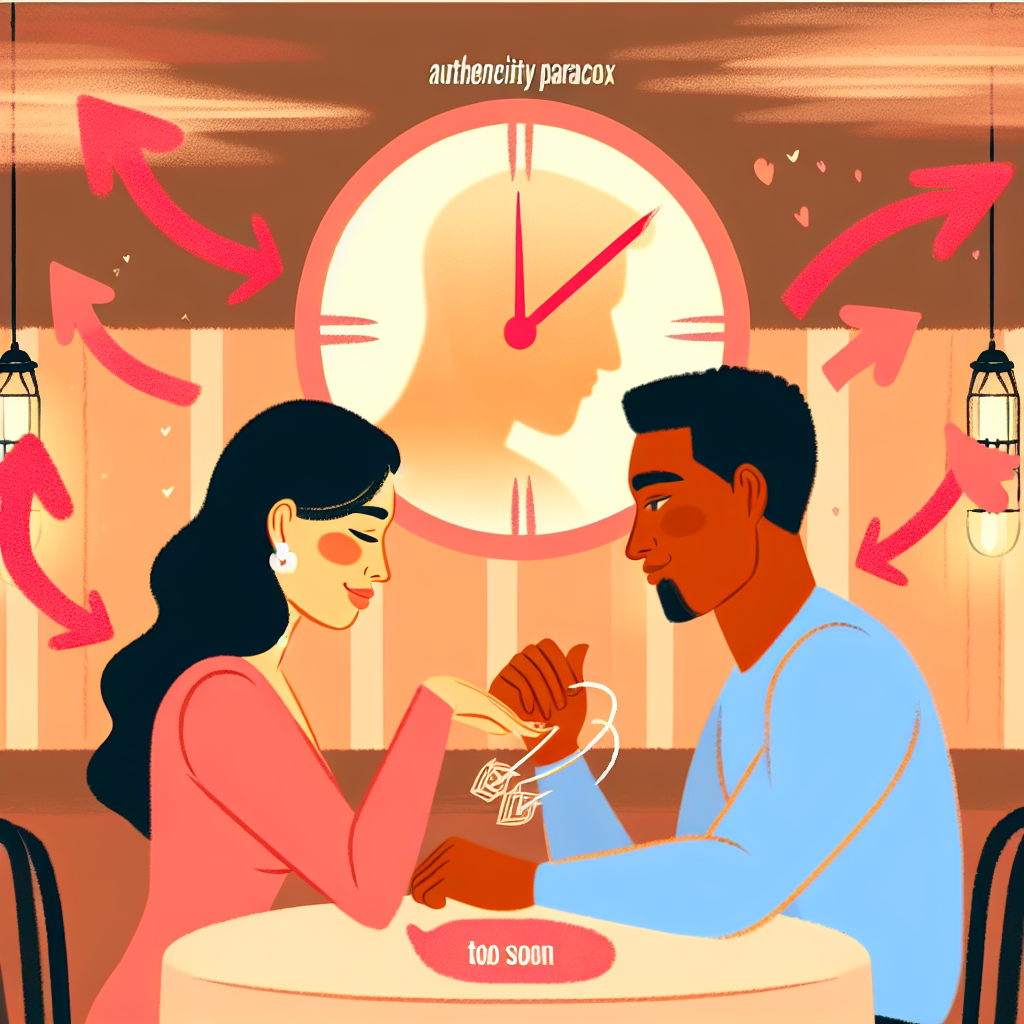The Portfolio Approach to Dating – Why Curating 3–5 Quality Prospects Beats Swiping on Hundreds
Introduction
In today’s hyper-connected digital landscape, online dating has become more overwhelming than romantic. Platforms like Tinder, Bumble, and Hinge expose singles to thousands of potential partners with just a swipe. While this plethora of choices may appear ideal, research consistently shows that more options lead to decision fatigue, low satisfaction, and superficial connections.
Enter the Portfolio Approach to Dating — a method inspired by investment theory, now embraced by dating coaches and relationship researchers. It recommends focusing on a small, curated “portfolio” of 3 to 5 quality romantic prospects. Like diversified investments, this approach balances emotional risk and provides better returns in terms of connection and compatibility. You devote your limited emotional and cognitive resources to individuals who genuinely align with your values and interests.
Traditional dating often relies on a quantity-over-quality mindset — the “cast a wide net” theory. But this method can backfire. Constant swiping delivers fast dopamine hits but also causes emotional burnout. This paradox of choice makes people question their compatibility with good matches simply because “something better” might be a swipe away.
By contrast, the Portfolio Approach unlocks the power of intentional dating. You get to know your matches deeply, evaluate true compatibility, and reduce the noise that apps generate. It slows down the dating process just enough to help you notice green flags, red flags, and everything in between.
This method isn’t exclusive to one age group. Whether you’re a Gen Z entering the app scene, a Millennial navigating dating fatigue, or a Boomer re-entering post-divorce, the Portfolio Method meets you where you are. Dating becomes less effective as a numbers game and more meaningful as a deep, intentional connection-building strategy.
Features and Studies Supporting the Portfolio Approach to Dating
One fundamental reason this strategy works lies in understanding cognitive and emotional bandwidth. According to Dunbar’s Number, developed by Oxford anthropologist Robin Dunbar, humans can only maintain a limited number of close social relationships — about 150 regular contacts, with just five being truly intimate. (Dunbar, 2010 – Read the book here). Attempting to juggle connections with dozens of romantic candidates is therefore emotionally unsustainable.
Further support comes from a 2000 study featured in the Journal of Personality and Social Psychology. The research, titled “When Choice is Demotivating,” highlighted the choice overload effect. Whether in dating or shopping, too many options make people feel anxious, dissatisfied, and paralyzed by indecision. (Read the study here.)
Psychologist Barry Schwartz echoed these findings in his acclaimed book, The Paradox of Choice: Why More Is Less. He stated that more choices can cause anxiety, self-doubt, and decreased happiness — common emotions in today’s swipe culture. (Link to Schwartz’s book.)
A 2021 Pew Research Center study also revealed that 45% of U.S. adults believe dating has become significantly more difficult in the past decade. People cite technology, choice fatigue, and unrealistic standards driven by dating platforms as major causes. (View the study here.)
Approaching dating intentionally — with a small and meaningful prospect base — aligns more closely with how humans naturally form bonds. Psychological science supports that investing time and emotional energy into fewer people leads to more genuine emotional intimacy, better communication, and lower risk of dating burnout or ghosting.
This also aligns with information from the American Psychological Association (APA), which shows that consistent, intentional social interaction increases life satisfaction and reduces emotional stress. (Read APA’s findings here.)
Even the dating apps themselves are beginning to shift. For example, Hinge markets itself as the app “Designed To Be Deleted,” encouraging deeper communication rather than infinite swiping. This trend signals a growing movement: the market and its users are both craving quality over quantity.
Conclusion
In a digital era where love is often reduced to algorithms, likes, and swipes, the Portfolio Approach to Dating offers a breath of clarity and focus. By limiting your romantic prospects to just 3 to 5 meaningful candidates, you’re empowered to build more authentic connections and better evaluate long-term compatibility. This isn’t about settling — it’s about investing wisely where your chances of success are highest.
Whether you’re young and dating for the first time or returning to the dating pool after decades, remember: love isn’t won by volume. It’s cultivated through presence, intention, and connection. Next time you open a dating app, resist the urge to swipe endlessly — and start curating your portfolio for a more fulfilling romantic return.
Concise Summary
The Portfolio Approach to Dating urges singles to focus on 3–5 quality romantic prospects rather than swiping through hundreds. Backed by studies on emotional bandwidth and choice overload, this method fosters deeper emotional bonds, reduces decision fatigue, and leads to more satisfying relationships. With cultural and technological trends shifting toward meaningful connection, the Portfolio Approach empowers daters across ages to invest wisely in authentic, sustainable love. It’s a smarter, more strategic method that transforms modern dating into an experience focused on depth, not breadth.
References
– Dunbar, R. (2010). How Many Friends Does One Person Need? Dunbar’s Number and Other Evolutionary Quirks. Harvard University Press.
https://www.hup.harvard.edu/catalog.php?isbn=9780674057161
– American Psychological Association. (2020). Social Connections and Mental Health.
https://www.apa.org/news/press/releases/stress/2019/stress-social-connections
– Pew Research Center. (2021). Public Attitudes About Dating and Relationships.
https://www.pewresearch.org/social-trends/2020/08/20/public-attitudes-about-dating-and-relationships
– Iyengar, S. S., & Lepper, M. R. (2000). When choice is demotivating: Can one desire too much of a good thing? Journal of Personality and Social Psychology, 79(6), 995–1006.
https://doi.apa.org/doi/10.1037/0022-3514.79.6.995
– Schwartz, B. (2004). The Paradox of Choice: Why More Is Less. Harper Perennial.
https://www.harpercollins.com/products/the-paradox-of-choice-barry-schwartz

Dominic E. is a passionate filmmaker navigating the exciting intersection of art and science. By day, he delves into the complexities of the human body as a full-time medical writer, meticulously translating intricate medical concepts into accessible and engaging narratives. By night, he explores the boundless realm of cinematic storytelling, crafting narratives that evoke emotion and challenge perspectives. Film Student and Full-time Medical Writer for ContentVendor.com




